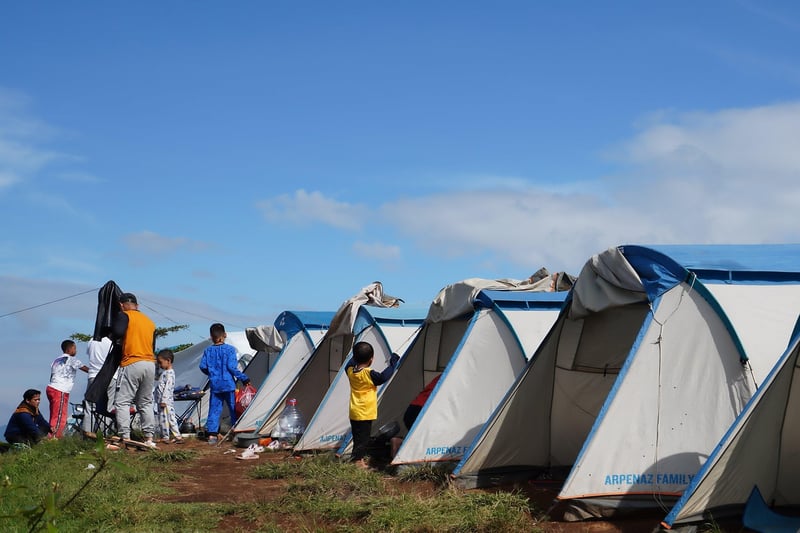Weather Precautions

Stay Safe During Adventures: Weather Precautions
Embarking on outdoor adventures can be incredibly rewarding, but it's essential to prioritize safety, especially when it comes to weather conditions. Being prepared and aware of potential weather challenges can make your outdoor experiences more enjoyable and secure. Here are some key weather precautions to keep in mind:
1. Check the Forecast
Before heading out, always check the weather forecast for your destination. Knowing what weather conditions to expect can help you pack the right gear and make informed decisions about your adventure.
2. Dress Appropriately
Wearing the right clothing for the weather is crucial. Layering up in cold conditions, wearing moisture-wicking fabrics, and ensuring you have waterproof gear can help you stay comfortable and safe throughout your adventure.
3. Stay Hydrated
Regardless of the weather, staying hydrated is essential. In hot conditions, increase your water intake, and in cold weather, remember that dehydration can still occur. Always carry an adequate supply of water with you.
4. Be Aware of Changing Conditions
Weather can change rapidly, especially in mountainous or coastal areas. Keep an eye on the sky for dark clouds, sudden temperature drops, or increasing winds. Be prepared to adjust your plans accordingly.
5. Seek Shelter if Necessary
If you encounter severe weather conditions such as thunderstorms, blizzards, or heavy rain, seek shelter immediately. Find a sturdy building, a car, or a designated shelter area to wait out the weather safely.
6. Plan an Exit Strategy
Before setting out on your adventure, always have a plan for how to exit the area in case of worsening weather conditions. Know multiple exit routes and communicate your plans with someone who can raise the alarm if needed.
Conclusion
By taking these weather precautions seriously and being prepared for unexpected changes, you can ensure a safer and more enjoyable outdoor adventure. Remember that nature can be unpredictable, so always prioritize safety first.

For more outdoor safety tips and resources, visit National Park Service.